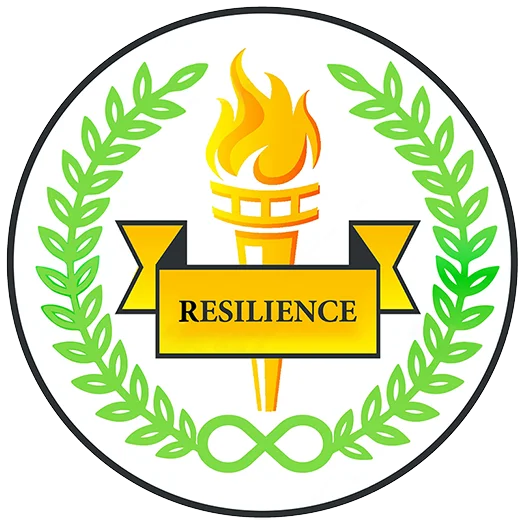Setting and Achieving Goals
Below are a number of guidelines that offer great ways for achieving goals and making decisions:

Schedule it weekly!
Scheduling a time to work on your goals every week will substantially increase the likelihood that the event will actually be performed. This can be compared to setting dinner time, workout times, or time for your favorite tv show. Make the commitment to yourself the same way you commit to other priorities.

Write It Down
If an idea is important to you, make the effort of writing it down, then sharing the goal with friends and family members who can help you to achieve your goals.

List Activities and Timelines
Starting the exercise of goal setting with a list of goals is the first step. The next step is brainstorming on each goal then writing down the activities needed to achieve those goals. Step three is to add timelines or deadlines to each goal. This creates a sense of time awareness and a sense of urgency.

Reward Yourself
It’s also important to acknowledge when you make progress on a goal. This can help you realize that you are making progress and getting closer to the end. Essentially, it’s about evaluating your performance and adjusting habits to better achieve the goal.
Responsible Decision Making
What Is It?
When it comes to learning great ways for achieving goals and making decisions, responsible decision-making is important. Responsible Decision-Making is “the ability to make constructive choices about personal behavior and social interactions based on ethical standards, safety concerns, and social norms.” Formal methods for responsible decision making can be taught and developed in order to have an impact on a student’s decision making skills. Students learn how to identify, analyze situations, solve problems, reflect, and to make ethical, responsible choices.
How It Is Taught?
Identifying Problems: In order to make responsible decisions, students first need to recognize when they are encountering a problem. Problems can arise from being frustrated with the learning process, being bullied in a classroom, personally creating or being a part of a classroom disruption, not following teacher instructions, or engaging in unhealthy behavior. It is important that students acknowledge when they are faced with one of these or other situations which may lead to a negative outcome. For some, recognizing the difficult situation they are in can be challenging because of their social surroundings outside of school. Living with problems may just be a norm, an acceptable state of being.
Analyze situations: Once students identify a problem by observing situations from a new perspective. They are brought to understand how the conflict started and why the problem developed. While building this observing/analyzing skill, an educator would guide the student to fully understand their actions and how to prepare for the repercussions of their decisions.
Solving problems: After students have identified, analyzed, and thought-through a situation, the next step is to solve for the problem. This process may be practiced more by having a template to help students create a problem, then apply various reactions. This process helps students to develop creative thinking and solving problem skills simultaneously. Students who struggle to work by themselves with just a worksheet may need an educator to assist.
Evaluate and Reflect: Taking the time out to evaluate how students have identified, analyzed, and solved a problem is an important aspect of the learning process. When taught to do so, students will reflect on what went well and what could have been improved. This is a skill, like others, that is being taught and offers tremendous benefits to the individual.
Ethical responsibility: By teaching the consequences of a decision, and highlighting one’s moral obligations, a student learns ethical, responsible decision making. For example, before a student looks at someone else’s test, they consider the consequences of cheating if caught. Another example would be if a student has not completed their homework and is deciding between playing or finishing homework. They would be taught to strongly evaluate all the many repercussions of getting a bad grade by not doing homework.
Benefits
Lastly, when it comes to understanding great ways for achieving goals and making decisions, it’s imperative that one understands the benefits behind them too. As K-12 children grow, they face challenges every day which require them to make decisions. For a kindergartener, it may be the choice of whether or not to share a toy or a snack. For a high schooler, it could be making a large number of academic decisions during exams, or when being influenced negatively by their peers regarding drugs and alcohol. The benefits to each age group are vastly different.
K-12 students can learn how to develop non controversial standards of excellent behavior, which makes a teacher’s job much easier, impacts a schools culture, and directly affects a students trajectory for success in school and later in life. By developing the tools to make better decisions early on. Individuals are better equipped to solve the problems they face, and improve the speed to which they overcome challenges.
Source: https://casel.org/what-is-sel/
